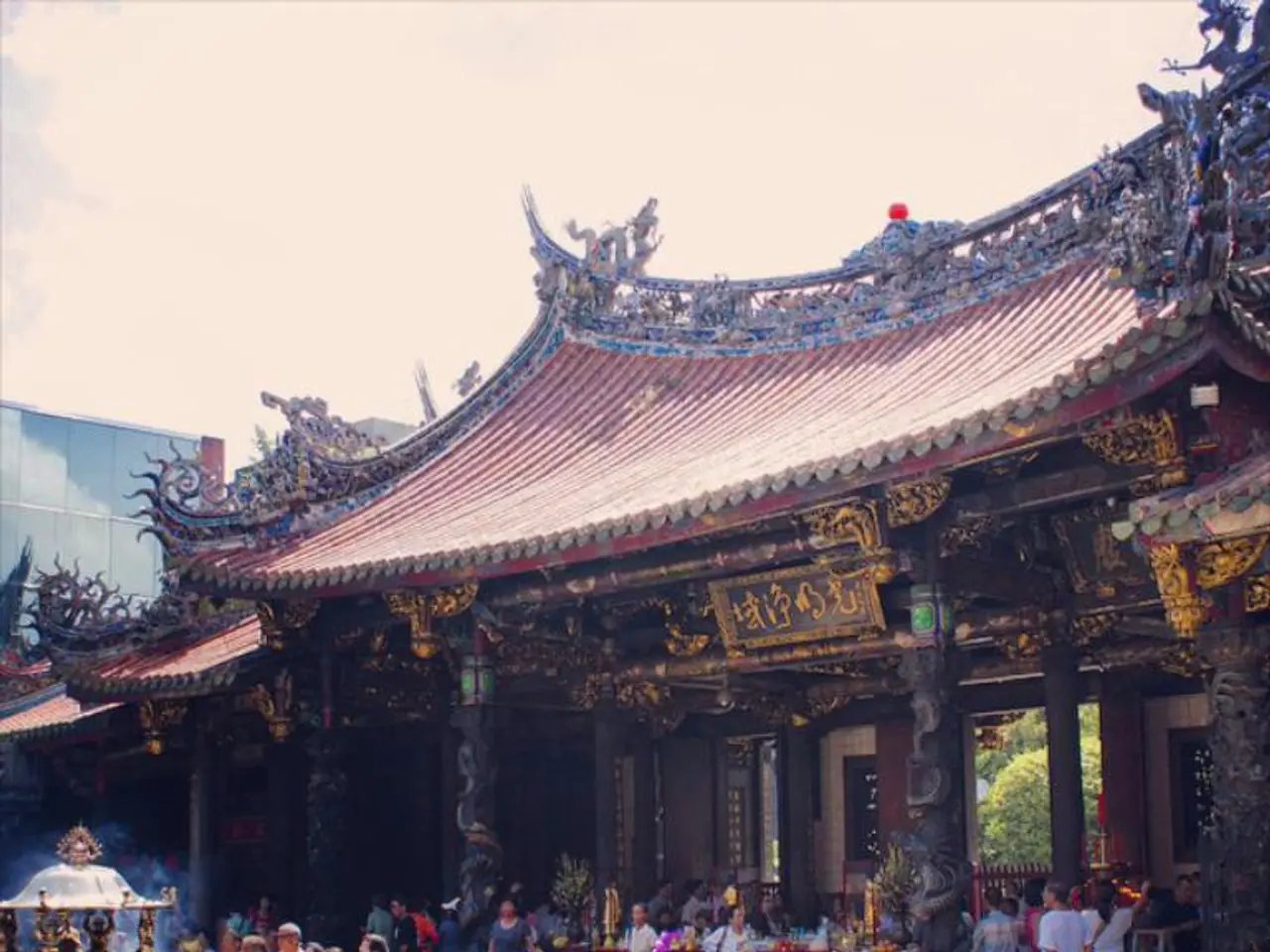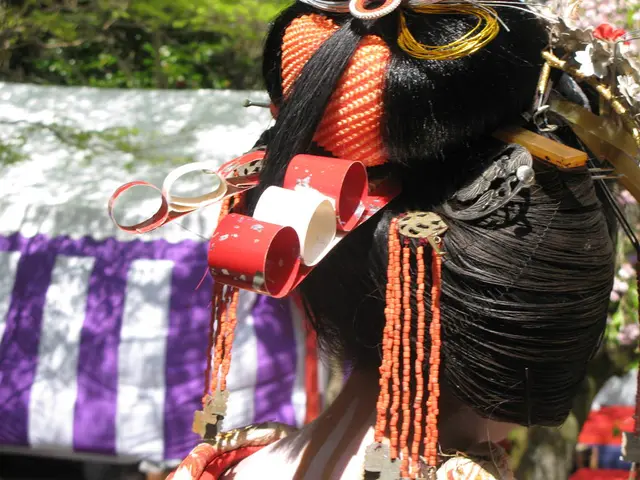Areas or Locales Experienced Increased Activity
### Discovering Japan's Regions: A Journey of Contrasts and Cultural Richness
Japan, an island nation renowned for its blend of ancient traditions and modern advancements, boasts a diverse array of regions, each offering unique cultural, natural, and historical experiences. From the northernmost Hokkaido to the southern Okinawa, these regions are connected by the Japan Rail (JR) Pass, making travel across this vibrant country convenient and cost-effective.
#### Hokkaido: A Winter Wonderland and Natural Paradise
Hokkaido, Japan's northernmost region, is a land of vast wilderness, natural beauty, and snowy winters. Famous for outdoor activities and fresh seafood, Hokkaido offers a serene escape with its untouched nature and hot springs.
#### Kanto: The Heart of Japan's Political, Economic, and Cultural Life
Kanto, home to the capital city of Tokyo, is the political, economic, and cultural heart of Japan. Visitors will find a bustling urban life with iconic sights like the Tokyo Skytree, Shibuya Crossing, ancient temples like Senso-ji, and proximity to Mount Fuji and scenic Hakone hot springs.
#### Kansai: The Cradle of Japan's Ancient Capitals
The Kansai region, often referred to as Kinki, is the cradle of Japan's ancient capitals. Highlights include UNESCO World Heritage sites like Kiyomizu-dera Temple and Fushimi Inari Shrine, Osaka Castle, the Gion district in Kyoto, and culinary delights such as Kobe beef and Osaka street food. Kansai is noted for its friendly locals and vibrant atmosphere.
#### Shikoku: A More Rural and Spiritual Experience
Smaller and less touristy, Shikoku is known for its 88-temple pilgrimage, natural beauty, and traditional crafts. It offers a more rural and spiritual experience, providing a contrast to the bustling cities of Kanto and Kansai.
#### Okinawa: A Subtropical Paradise with Unique Culture
Okinawa, Japan's southern island chain, offers a subtropical climate, unique Ryukyuan culture, beautiful beaches, coral reefs, and distinct cuisine. A diver's paradise with a relaxed island vibe, Okinawa provides a refreshing change from the mainland's busy cities.
#### Tohoku: Authentic Rural Japan
Tohoku, with its rugged natural landscapes, hot springs, and the spectacular "3 Great Festivals" in summer, is less crowded and offers authentic rural Japanese culture.
#### Chubu: Scenic Landscapes and Historic Villages
Featuring the Japanese Alps, Lake Biwa, and historic villages like Shirakawa-go with charming thatched-roof homes, Chubu offers some of Japan's most scenic landscapes. The Tateyama Kurobe Alpine Route traverses this region and allows viewing of towering snow walls in spring and colorful foliage in autumn.
#### Chugoku: History and Scenic Beauty
Known for Hiroshima's peace memorials and historic sites, the scenic inland sea with islands like Miyajima, and castles such as Okayama's Korakuen garden, Chugoku offers a blend of history and scenic beauty.
#### Kyushu: Active Volcanoes, Hot Springs, and Rich History
Southern large island Kyushu is home to active volcanoes (like Mount Aso), hot springs, vibrant cities like Fukuoka, and rich history including samurai heritage and unique regional food.
#### The JR Pass: A Convenient Travel Solution for Exploring Japan
The Japan Rail (JR) Pass is a cost-effective and convenient way for tourists to travel across Japan by train, including Shinkansen (bullet trains), limited express, and local JR lines. The pass offers unlimited rides on JR trains within the validity period, allowing flexible travel plans. It covers major regions such as Kanto, Kansai, Tohoku, Chubu, Chugoku, Kyushu, and more, facilitating easy access between cities like Tokyo, Kyoto, Osaka, Hiroshima, and Fukuoka.
Some regional passes, like the Kansai-Hiroshima Area Pass, cover local JR lines and ferries, such as the JR-West Miyajima Ferry, benefiting sightseeing. The JR Pass eliminates the need to purchase individual train tickets, saving time and often money, especially for long-distance trips. It is ideal for travelers planning to visit multiple regions or make multi-city itineraries.
In summary, Japan's regions offer a distinctive blend of urban excitement, cultural heritage, natural beauty, and seasonal festivals. The JR Pass empowers tourists to explore this diversity efficiently and economically by rail, making it an indispensable travel tool for a comprehensive Japan experience.
- Hokkaido's vast wilderness and natural beauty, including hot springs, offer a serene escape for those seeking a peaceful connection with nature during their travels.
- Traveling through Kanto, visitors can immerse themselves in the heart of Japan's political, economic, and cultural life, experiencing iconic sights like the Tokyo Skytree and Shibuya Crossing, while also exploring ancient temples and scenic hot springs.
- In the Kansai region, travelers will find themselves amidst the cradle of Japan's ancient capitals, where highlights like Kiyomizu-dera Temple, Osaka Castle, and the Gion district in Kyoto, combined with culinary delights such as Kobe beef and Osaka street food, create a unique cultural experience.
- Smaller and less touristy, Shikoku, with its 88-temple pilgrimage and natural beauty, provides a more rural and spiritual experience, offering a soothing contrast to the bustling cities of Kanto and Kansai.
- Okinawa's subtropical climate, unique Ryukyuan culture, beautiful beaches, coral reefs, and distinct cuisine create a refreshing change, offering travelers a relaxed island vibe that differs from the mainland's busy cities.




